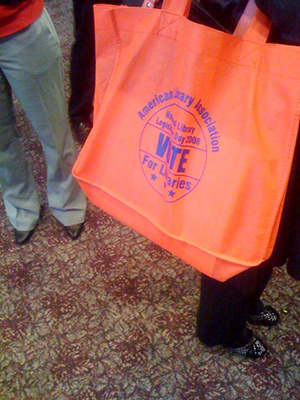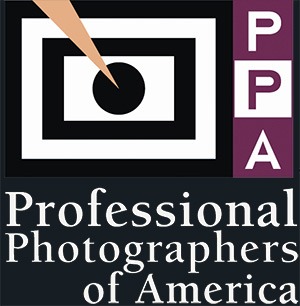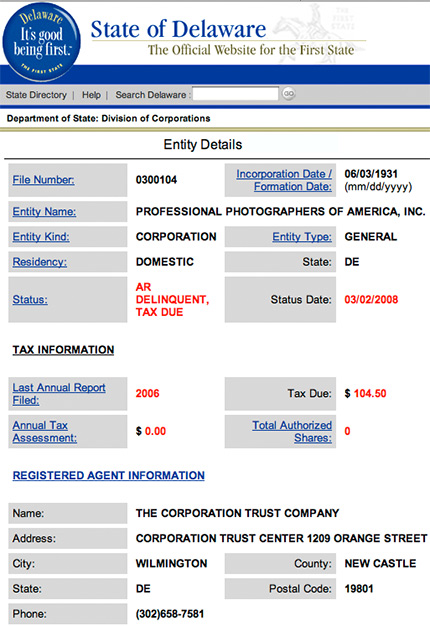What Are the Odds? The Orphan Works Likelihood of Passage
 As we consider the viability of Orphan Works, let's not look at the content of the bill, but rather, a statistical history of the last decade or so to fortell it's likelihood of passage this session.
As we consider the viability of Orphan Works, let's not look at the content of the bill, but rather, a statistical history of the last decade or so to fortell it's likelihood of passage this session.
Here's a breakdown of the number of bills that were introduced into the House and Senate. Where it says "Enrolled", what that means is that, of all the bills introduced, that number is the only # that made it out of Congress to go to the President for his signature, which would make it into a law (or a revision of a current law.) The percentage of bills that make it that far are very small, and an even smaller sub-set of bills actually become law. I've included the last session under President Clinton, and all the sessions under President Bush.
| Congress | House Bills | Senate Bills | # Enrolled | % Enrolled | # that became law | Law % |
| 106th | 5681 | 3285 | 719 | 12.7% | 580 | 10.2% |
| 107th | 5764 | 3181 | 471 | 8.2% | 377 | 6.5% |
| 108th | 5430 | 3036 | 590 | 10.9% | 498 | 9.2% |
| 109th | 6432 | 4105 | 581 | 9.0% | 482 | 7.5% |
| 110th* | 6040 | 2995 | 297 | 4.9% | 230 | 3.8% |
With this in mind, in an election year, where there are many many other priorities for Congress, from the war, to healthcare, taxes, and so forth, and with about 40 or so days left where the Senators and Representatives are in Washington, and conducting business, how likely are we to see this bill pass, or die in committee?
That remains to be seen, of course. No one has a crystal ball. The Senate concluded markup yesterday, with a few amendments, and voted it out of committee unanimously. Next stop, floor debate for both. Stay tuned to C-span for those debates. When we know when they're scheduled, we'll get the details for you.
Hopefully, this will give you an idea as to the likelihood of passage and enactment.
* note: 110th is the number, to date.
Source: Library of Congress's Thomas resource.
Related Posts:
- Orphan Works - A Unique Set of "Myths" and "Facts", (6/2/08)
- Orphan Works and Licensing Exclusivity, (5/23/08)
- What Are the Odds? The Orphan Works Likelihood of Passage, (5/16/08)
- Apathy Gets You NoWhere, (5/15/08)
- Orphan Works - Senate Markup (5/9/08)
- Orphan Works - HIstory in the Making, (5/7/08)
- Speedlinks - Orphan Works Edition, (5/6/08)
- Orphan Works 2008 - A Wolf In Sheep's Clothing, (5/1/08)
- Orphan Works Act = Thieves Charter? (4/29/08)
Please post your comments by clicking the link below. If you've got questions, please pose them in our Photo Business Forum Flickr Group Discussion Threads.





